Monthly newsletter focusing on how light-based technologies are being used in the life sciences. Includes news, features and product developments in lasers, imaging, optics, spectroscopy, microscopy, lighting and more. Manage your Photonics Media membership at Photonics.com/subscribe.
|
|
|
|
sponsor
|

|
|
Medical Lasers Find Their Niche
Because lasers can offer less-invasive procedures for both diagnosis and treatment, their role in the medical field is on the rise. Lasers can be modulated in wavelength, power, density, and energy, and they have a wide range of applications in ophthalmology, lithotripsy, and oncology as well as in dermatologic and cosmetic procedures. With slight modifications of the system, the same basic principles could be applied to a vast variety of tissue types. The effect a laser has on a particular tissue type is as dependent on the properties of the laser as on the properties of the tissue.
|
|
|
|
|
|
Computational Imaging Builds Better Pictures
A picture may be worth more than a thousand words after passing through mathematical algorithms and modern computer hardware. Such a process, known as computational imaging, can speed up data acquisition significantly, thereby allowing the use of diagnostics for a wider population of patients. It enables researchers to study new biomedical processes, using less expensive equipment. And clinicians can diagnose disease using deep learning, a form of artificial intelligence. Biomedical computational imaging systems form, reconstruct, and/or enhance images created from photon-based sources, x-rays, or magnetic resonance (MR), for instance. Improving imaging can be a formidable task, however.
|
|
|
|
|
|
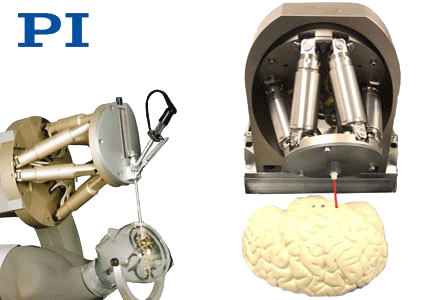 6-Axis Alignment for Bio-medical
6-Axis Alignment for Bio-medical
PI (Physik Instrumente) LP, Motion Control, Air Bearings, Piezo Mechanics
The versatility of the hexapod parallel kinematics design allows motion in all degrees of freedom, not unlike the human hand, yet at much higher precision and stability. PI hexapods are supported by powerful, easy-to-use controllers, along with extensive programming examples and software tools for simulation and workspace verification.
Visit Website
Request Info
|
|
|
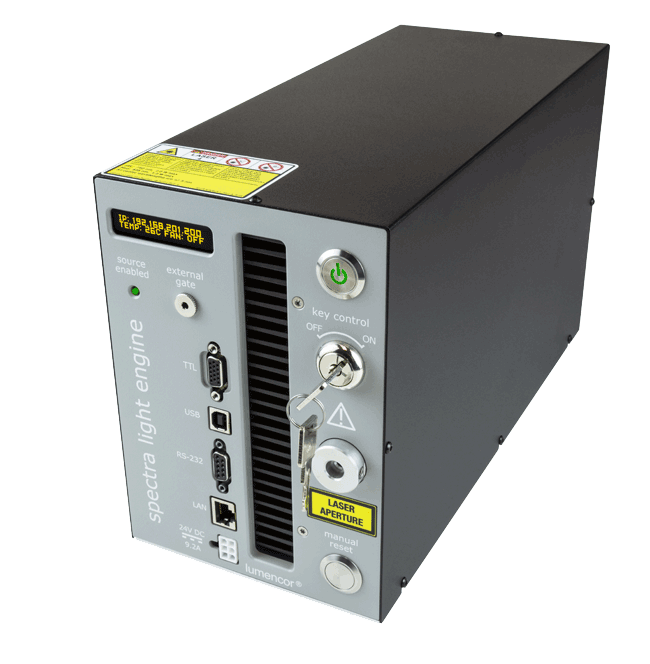 The Next Generation Comes to Light
The Next Generation Comes to Light
Lumencor Inc.
Lumencor’s new Spectra III Light Engine.
- Breadth: Eight spectrally optimized sources for DAPI, CFP, GFP, YFP, Cy3, mCherry, Cy5, Cy7 excitation
- Power: ~500mW / output, ~4W total
- Control: Exceptional power and wavelength stability
- Stability: Exceptional reproducibility
- Ideal for quantitation
- Ease of use: Small, cool, pre-aligned, Mercury-Free
- Applications: Fluorescence microscopy among others, OEM customization upon request
Visit Website
Request Info
|
|
|
|
|
|
 Alluxa Ultra Series Filters and Coatings
Alluxa Ultra Series Filters and Coatings
Alluxa
Alluxa Ultra Series Filters, including Narrowband, Dichroic, UV, IR, and Notch filters, provide the highest performance optical thin film solutions available today. For example, the Ultra Series Flat Top Narrowband filters offer the narrowest bandwidths and squarest filter profiles in the industry.
Visit Website
Request Info
|
|
|
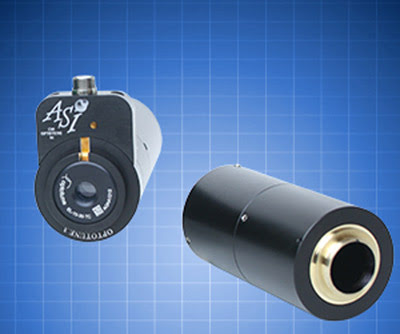 Electrically Tunable Lens (ETL)
Electrically Tunable Lens (ETL)
Applied Scientific Instrumentation Inc.
ASI’s ETL is a versatile element for a variety of microscopy applications. The ETL can adjust the focal plane of a stationary microscope objective, replacing a focus stage. Using a bare tunable lens introduces significant optical aberrations, but combining the tunable lens with a 4f relay lens system reduces the aberrations to an acceptable level for many applications.
Visit Website
Request Info
|
|
|
|
|
|
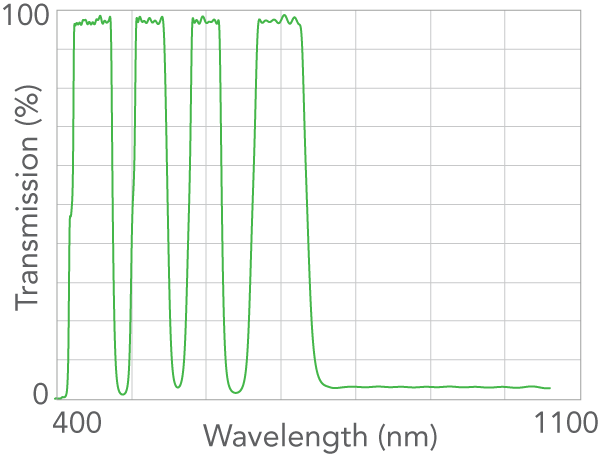 1P/2P Super-Res TIRF Dichroic
1P/2P Super-Res TIRF Dichroic
IDEX Health & Science - Semrock Optical Filters
As multiphoton microscopy has increasingly become the norm within the microscopy community, the need to combine multiphoton and single-photon excitation has risen as a necessity for many emerging protocols. Effortlessly switch between confocal and multiphoton microscopy with Semrock’s newest 1P/2P super-resolution/...
Visit Website
Request Info
|
|
|
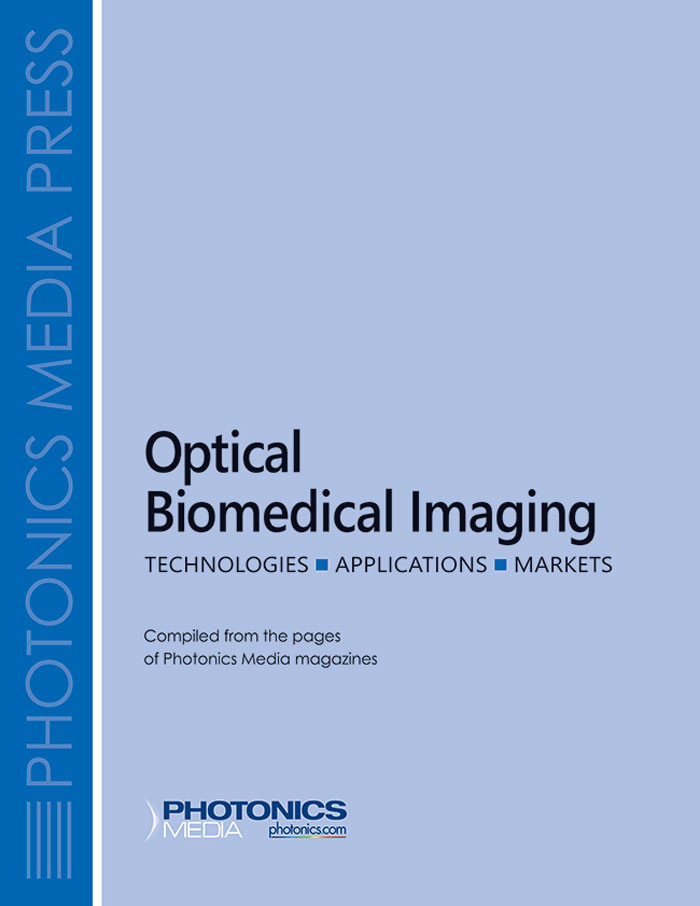 Optical Biomedical Imaging
Optical Biomedical Imaging
Photonics Media
At last, a reference work has been compiled that offers in one place a broad survey of technologies, applications and markets for optical biomedical imaging, as only Photonics Media could produce it. This collection is a practical resource for those engaged in the research and development of relevant technologies.
Visit Website
Request Info
|
|
|
|
|
|
Wearable NIRS Device Reveals How Seals Prepare to Dive
When mammals are submerged in water, they show a suite of cardiovascular responses such as reduced heart rate and constriction of peripheral blood vessels. Scientists at the University of St. Andrews have created a wearable, noninvasive device based on near-infrared spectroscopy (NIRS) that can be used to investigate blood volume and oxygenation patterns in freely diving marine mammals, such as seals.
|
|
|
|
|
|
Researchers at Osaka University have developed a method to record brain activity in multiple freely moving mice simultaneously. The method is based on a recent bioluminescence-based indicator of membrane voltage.
|
|
|
|
Researchers from the University of Toronto (U of T) have developed a cholesterol-detection imaging technique using laser photoacoustics and continuous wave lasers to allow for more timely treatment of atherosclerosis.
|
|
|
|
High-End Asphere Design for Manufacturability
Wed, Aug 28, 2019 1:00 PM - 2:00 PM EDT
In this webinar, Edmund Optics asphere experts will discuss the benefits of using aspheres in optical system design and the factors to take into account during the design process. You will learn how to improve manufacturability, performance, and cost through better asphere design.
|
|
|
|
Features
Imaging for Disease Detection, Single Cell Analysis, Light Therapy for Chronic Disorders, Fluorescence Microscopy.
Photonics Media is currently seeking technical feature articles on a variety of topics for publication in our magazine BioPhotonics. Please submit an informal 100-word abstract to Editor-in-Chief Michael Wheeler at Michael.Wheeler@photonics.com, or use our online submission form www.photonics.com/submitfeature.aspx.
|
|
|
|